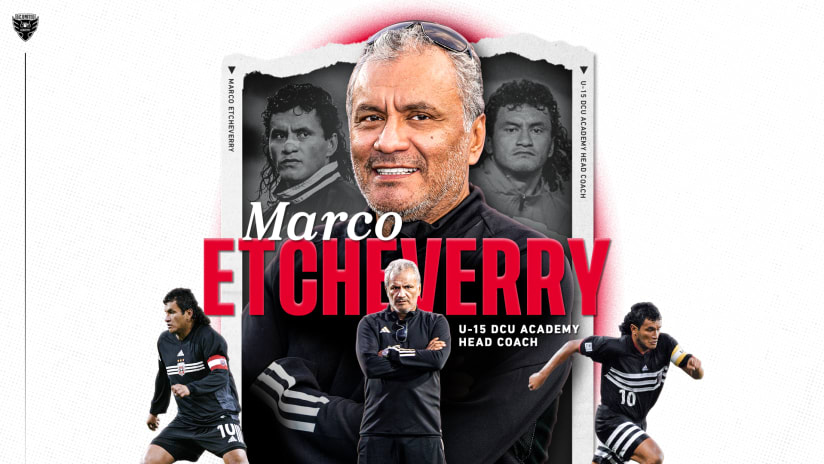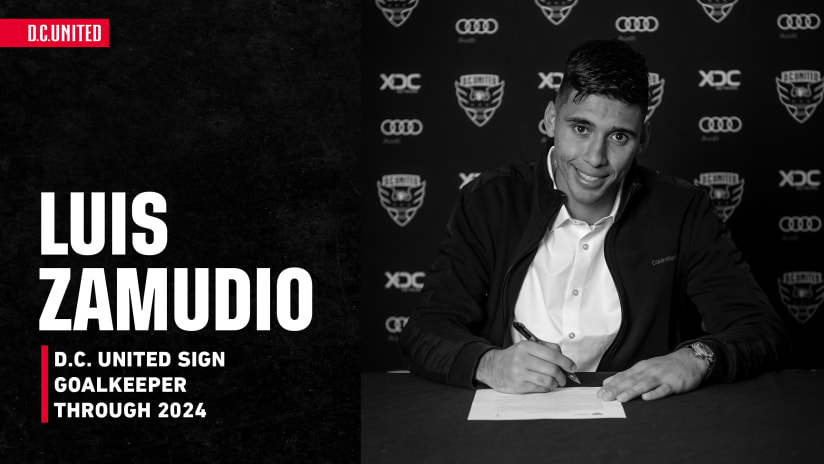Wave after wave of serious storm systems have washed over the mid-Atlantic over the past few weeks, dumping huge amounts of rain and disrupting life for millions.
The soccer community is no exception. Players of all ages have had tournaments and league play affected -- even D.C. United had to reschedule their MLS match against Portland from August 27 to October 19 due to Hurricane Irene. More complications are expected this weekend as the area's rainfall levels continue to climb, with the entire region's scholastic sports calendar essentially up in the air at the moment.
Postponements and cancellations can be extremely frustrating, especially if there's a lack of clear understanding about the criteria behind such decisions. On Thursday Potomac Soccer Wire discussed the topic with Trish Heffelfinger, executive director of the Maryland SoccerPlex in Germantown, Md., who explained her 24-field facility's strengths and weaknesses with rain and the decision-making process regarding events in inclement weather.
PSW: What are the SoccerPlex's field options during rainy weather?
TH: We have three synthetic-turf fields, we play those in any kind of weather -- the only thing that delays the use of those is lightning. Our stadium field, which is a sand-based natural grass field, will drain just like an artificial turf field, so it has the same restrictions: we will play that unless there’s lightning or thunder.
The rest of our fields are native-soil fields, so depending on the amount of rain they get, much harder to drain. We look at rain events, not just an accumulation of rain. So we look at how much rain we’ve gotten, and in how much time. A downpour of half an inch in 20 minutes can cause as much problems on the fields as an inch over 24 hours, or two inches over 24 hours, because it doesn’t have the ability to soak in.
[The sand-based field] just bounces back very fast. In fact, last night the University of Maryland Women played AU here, because their field [in College Park] was underwater. So they called us at about one in the afternoon and said, can we move the game to the SoccerPlex? Our field wasn’t lined, it wasn’t mowed, but we said, absolutely, we’ll get it ready. We were able to mow it, line it, and they were able to play until about the 85th minute last night, when lightning and thunder came. But the stadium, believe it or not with all the rain we got yesterday, was almost dry because of the sand.
If you could afford to build sand-based fields on 22 fields, it would be the way to go, but they are very expensive. You could probably build a native-soil field – the way we do it – for somewhere around $200-250,000. Our stadium field, a sand-based field, is more like $600,000. The maintenance on the native soil field for us is about $27,000 a year, the stadium is probably closer to $32,000. It does require more water because it dries out fast, and it requires more attention with the other organics and fertilizing and all that you do.
PSW: How do you evaluate your fields? Is there a predictable drainage cycle?
TH: I would say there’s not a lot of predictability. The best thing to do is walk the fields – and unfortunately not all the fields are the same, because we have different grasses on these fields. We also have different elevations, so the fields that are a little bit lower are going to hold water longer…Because of the way they drain, there are places in the field that may be dry and other places that may be a little on the wet side, because our fields drain to the corners.
It also depends on the time of year, because the rain in August is very different from a rain in October. You probably haven’t had much rain in August, you’re going to have a sunny day coming out, you’re going to get some evaporative loss, whereas the rain in October, you’re going to have less daylight, you might have a more cloudy situation like we’re having now. So it’s not as predictable as people would think.
Our sports turf manager, Jerad Minnick, is who we really rely on, because he’s done this at the professional level. He can walk these fields and know exactly what they can take from play. He is the best in the business as far as I’m concerned. We’ve had a lot of people out here but he just has such a wealth of knowledge and a really good tool chest of things that he can bring out to work on a field, to improve it in all sorts of situations – things I’ve never seen done before and they’re brilliant, they work really, really well.
For instance, when we have a lacrosse event, he puts sand in the goalmouth to protect the plant. I’ve never seen that done but after we play lacrosse on these fields, you would never know – the goalmouths are very sturdy afterwards.
PSW: What else goes into the decision-making process?
TH: We try and do what we think is right for the people involved. Irene was tough because there were parts of the area that were getting hit – we just didn’t happen to be one of them. We had very little rain, we had a little bit of wind but…conditions were just fine. But there was a lot of concern about what was coming, about the media reports, which is understandable.
We played all the games on Saturday, except for the evening games on the turf. That wasn’t a field decision – the decision there was that the weather was starting to get bad and most of the teams playing on those fields were Under-19s, and we were concerned that they would be driving themselves. So we decided it was probably better not to have them come out. During the day on Saturday, between 8 am and 7 pm we only had two-tenths of an inch of rain. So we barely had anything, and that was during the whole 24 hours.
Sunday, we did cancel. We didn’t know what was going to happen overnight – that’s when the worst of the rain was supposed to be coming – but we also knew that a lot of people were coming to the tournament from the eastern side of [Montgomery] County, the Annapolis area, and we were concerned about power outages, trees down, closed roads. We just thought, better to let those people deal with the issues from the hurricane than worry about a soccer tournament. And I think that was absolutely the right decision.
PSW: With even more rain this week, the upcoming weekend must be looking dicey.
TH: Well, we’ll make a decision on the weekend tomorrow at noon. We’ve had about five and a half inches of rain since last Saturday – a lot of rain. We’ll do exactly what we always do, we’ll walk the field. We will continue to play our turf fields, so they will be open.
What's your take on the larger "grass vs. turf" debate happening in American soccer right now?
TH: I think that any group that’s building a complex of multiple fields should have a portion of those as artificial turf, because they give you so much flexibility. They’re guaranteed play, you can play them year-round, so they have a lot of advantages. Ultimately soccer players like to play on natural grass. It’s the best surface, but it’s not going to be as predictable or guaranteed like artificial turf.
That’s why we like having a group of fields that are artificial turf, with the majority of our fields being natural grass. Because a rain situation like we’re having now is very unusual. Most of the time we’re able to play on our soccer fields – we might cancel half a day in a given season, and the rest of the time we’re able to play…There are probably 2,000 to 2,500 matches in a fall season, and we might have to cancel 60 of them – that’s pretty good.
PSW: That’s got to be above the average for this area overall, though.
TH: Absolutely. We run a lot of matches on our fields, but our whole goal is to be able to play…We are always looking for ways to improve our drainage, because the only thing that really stops us from playing is if the field’s not draining enough. Rain like we’re having, unless you can afford to build either all artificial or all sand-based, you can’t do it – and I don’t know anybody who can really afford that, because at 22 fields you’re probably talking $20 million. And you would never get your return on investment at that level.
But our stadium field will always remain natural grass – I would never make that artificial turf. It is just too good a playing surface with the drainage that it has. I will tell you that I’m a real advocate for all Montgomery County high schools having synthetic turf fields in their stadiums, because I believe with the activity that they put on those fields and the safety that they want their kids to have on the playing surface, artificial turf is the only thing that will do that for them. You think of what, if they play football on these fields tomorrow night, what those fields are going to be like on Saturday.
You’re going to have a hard time even recovering in the spring, because even if you re-sod that field, you start that field right in march again. So it’s very, very tough, and it’s very expensive to continue to re-sod or re-sprig a field every year.
PSW: There seems to be a perception that that the SoccerPlex is super-protective of its fields.
TH: I think that was probably an accurate perception in the beginning. I don’t think that’s true now. Certainly in our men’s leagues, all of them play on artificial turf, and we never cancel those games – in fact, we plowed those fields of snow [last winter] and were the only fields open. Our goal is to always have those playing. That being said, we will never put an event on our fields that will damage the fields to the point that they cannot recover.
For us, there’s an event this weekend, but there’s an event next weekend, too. So we need to have the fields for everyone, and our commitment to the soccer community is that these will be the highest-quality fields that they have. I would say that we are protective, but I don’t think that we are overly protective anymore. I think that we’re very prudent.




